Elaine Godfrey in The Atlantic:
 FLORENCE, Ariz.—Tonight, deep in the Arizona desert, thousands of people chanted for Donald Trump. They had braved the wind for hours—some waited the entire day—just to get a glimpse of the defeated former president. And when he finally appeared on stage, as Lee Greenwood played from the loudspeakers, the crowd roared as though Trump were still the commander-in-chief. To many of them, he is. “I ran twice and we won twice,” Trump told his fans. “This crowd is a massive symbol of what took place, because people are hungry for the truth. They want their country back.”
FLORENCE, Ariz.—Tonight, deep in the Arizona desert, thousands of people chanted for Donald Trump. They had braved the wind for hours—some waited the entire day—just to get a glimpse of the defeated former president. And when he finally appeared on stage, as Lee Greenwood played from the loudspeakers, the crowd roared as though Trump were still the commander-in-chief. To many of them, he is. “I ran twice and we won twice,” Trump told his fans. “This crowd is a massive symbol of what took place, because people are hungry for the truth. They want their country back.”
Tonight’s rally was Trump’s first public event since July. On paper, the gathering was meant as his response to the anniversary of January 6, as well as an unofficial kickoff for his efforts to support Republicans in the midterm elections. But the event also served as the soft launch of Trump’s 2024 presidential campaign. Although he didn’t say the words, the former president seems poised to run in two years—”Make America Great Again Again … Again,” he joked to the crowd—and tonight, his message was as clear as it was dishonest: He didn’t lose to Joe Biden in 2020, and he’ll spend the next year working to elect Republicans who agree.
More here.

 On Wednesday, in the hours after Ronnie Spector’s family announced her passing from cancer at seventy-eight, I played, on loop, her cover of the Johnny Thunders punk anthem “You Can’t Put Your Arms Around a Memory.” Recorded for
On Wednesday, in the hours after Ronnie Spector’s family announced her passing from cancer at seventy-eight, I played, on loop, her cover of the Johnny Thunders punk anthem “You Can’t Put Your Arms Around a Memory.” Recorded for 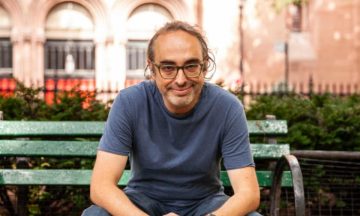 I
I  “I
“I 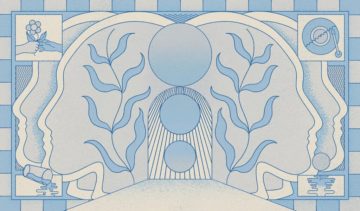 One of the greatest physicists of the last century, Paul Dirac, had no use for emotions. “My life is mainly concerned with facts, not feelings,” he declared. He loved his emotion-free existence, or so it seemed, until he met a vivacious woman who was his exact opposite — impulsive and ardent. She became his wife and not only made him a happy man but also dramatically changed his personality. He became a feeling human being, which in turn affected his science. Yes, physics! If being logical and rational were all that mattered, we wouldn’t need actual physicists. The job could be done by computers. Later in life, Dirac became so convinced that knowledge needs to be combined with intuitions, crazy hunches and irrational perseverance that whenever he was asked about the secret to his success, he stressed that one needs to be guided above all by one’s emotions.
One of the greatest physicists of the last century, Paul Dirac, had no use for emotions. “My life is mainly concerned with facts, not feelings,” he declared. He loved his emotion-free existence, or so it seemed, until he met a vivacious woman who was his exact opposite — impulsive and ardent. She became his wife and not only made him a happy man but also dramatically changed his personality. He became a feeling human being, which in turn affected his science. Yes, physics! If being logical and rational were all that mattered, we wouldn’t need actual physicists. The job could be done by computers. Later in life, Dirac became so convinced that knowledge needs to be combined with intuitions, crazy hunches and irrational perseverance that whenever he was asked about the secret to his success, he stressed that one needs to be guided above all by one’s emotions. Zora Neale Hurston’s best-known sentence, judging by its appearance on coffee mugs and refrigerator magnets, is this one: “No, I do not weep at the world — I am too busy sharpening my oyster knife.”
Zora Neale Hurston’s best-known sentence, judging by its appearance on coffee mugs and refrigerator magnets, is this one: “No, I do not weep at the world — I am too busy sharpening my oyster knife.” A couple of months ago, when I gave a talk about my forthcoming book
A couple of months ago, when I gave a talk about my forthcoming book 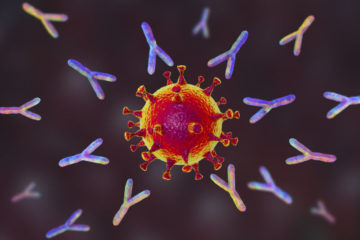
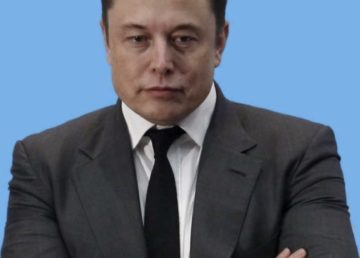 Silicon Valley has no shortage of big ideas for transportation. In their vision of the future, we’ll hail driverless pods to go short distances – we may even be whisked into a network of underground tunnels that will supposedly get us to our destinations more quickly – and for intercity travel, we’ll switch to pods in vacuum tubes that will shoot us to our destination at 760 miles (1,220 km) per hour.
Silicon Valley has no shortage of big ideas for transportation. In their vision of the future, we’ll hail driverless pods to go short distances – we may even be whisked into a network of underground tunnels that will supposedly get us to our destinations more quickly – and for intercity travel, we’ll switch to pods in vacuum tubes that will shoot us to our destination at 760 miles (1,220 km) per hour.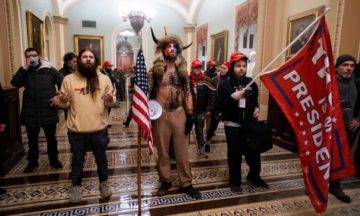 B
B Multiple sclerosis
Multiple sclerosis As an undergraduate, Francesca Stavrakopoulou observed to her theology professor that “lots of biblical texts suggest that God is masculine, with a male body,” and was told, to her evident frustration, that these texts were metaphorical, or poetic. “We shouldn’t get too distracted by references to his body,” her professor asserted, because to do so would be “to engage too simplistically with the biblical texts.” Anything but distracted by biblical references to God’s body, Stavrakopoulou is aesthetically entranced by them and programmatically attentive to their iconographic and literary contexts, from ancient Southwest Asia in the fourth millennium BCE to Christian and Jewish Europe as late as the 16th century. Her work, true to its subtitle, is anatomically organized into five parts plus an epilogue: I, “Feet and Legs”; II, “Genitals”; III, “Torso”; IV, “Arms and Hands”; V, “Head.” Each of these five major parts comprises three or four chapters, and each chapter has its own fresh emphasis and coherence. “Head,” for example, has separate chapters for ears, nose, and mouth.
As an undergraduate, Francesca Stavrakopoulou observed to her theology professor that “lots of biblical texts suggest that God is masculine, with a male body,” and was told, to her evident frustration, that these texts were metaphorical, or poetic. “We shouldn’t get too distracted by references to his body,” her professor asserted, because to do so would be “to engage too simplistically with the biblical texts.” Anything but distracted by biblical references to God’s body, Stavrakopoulou is aesthetically entranced by them and programmatically attentive to their iconographic and literary contexts, from ancient Southwest Asia in the fourth millennium BCE to Christian and Jewish Europe as late as the 16th century. Her work, true to its subtitle, is anatomically organized into five parts plus an epilogue: I, “Feet and Legs”; II, “Genitals”; III, “Torso”; IV, “Arms and Hands”; V, “Head.” Each of these five major parts comprises three or four chapters, and each chapter has its own fresh emphasis and coherence. “Head,” for example, has separate chapters for ears, nose, and mouth.